There’s something magical about a sleeper train.
Snuggling down and drifting off to the clickety-clack rhythm of the wheels on the track and waking in a far off destination so different from the one you left behind.
Anyone who has caught the sleeper train from London to the Highlands of Scotland can relate to this feeling of escape and excitement.
“Going to sleep in your little cabin in one place, in London, in a bustling station – and then waking up in the Scottish countryside, seeing the mountains and the rivers, somewhere totally different,” says train lover David Meara.
Inspired by a childhood spent catching the sleeper train to Scotland, the retired clergyman has turned his attentions to the romance of the sleeper railway.
In his new book “Anglo-Scottish Sleepers,” published by Amberley Books, Meara compiles stories of journeys past and present alongside stunning photographs and vintage posters.
A collection of stories
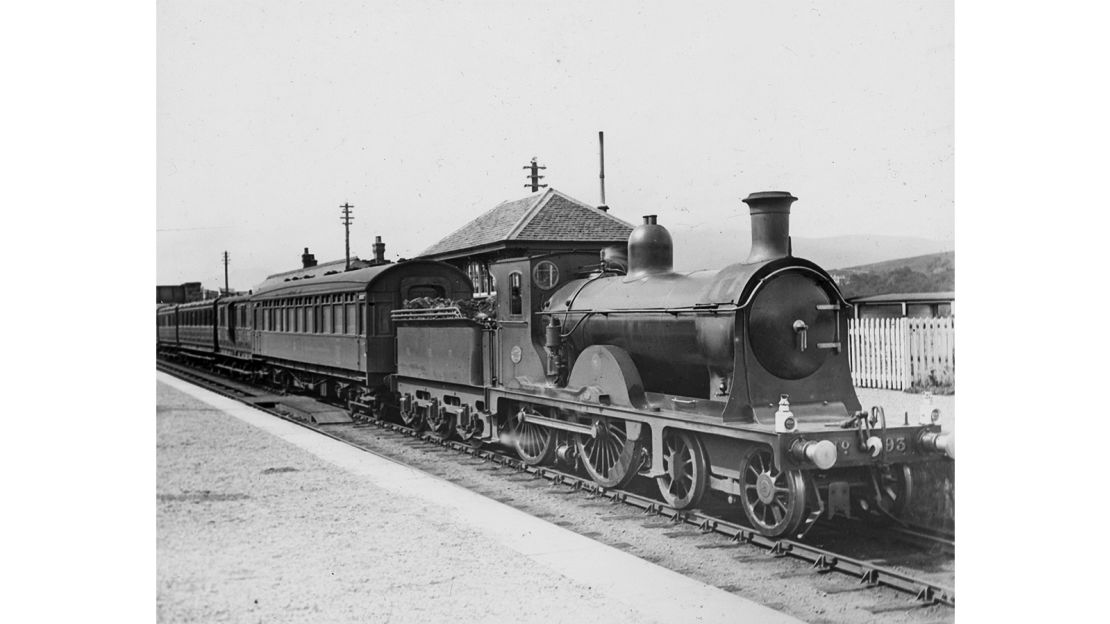
“I’ve always loved trains, I’ve never really been a dedicated trainspotter,” Meara tells CNN Travel. “But I’ve always liked railways and the romance of rail travel.”
Meara says he was struck by the idea that “there must be a huge wealth of stories of people who’ve traveled on the service over the years – romantic stories, funny stories, saucy stories, odd stories, all sorts.”
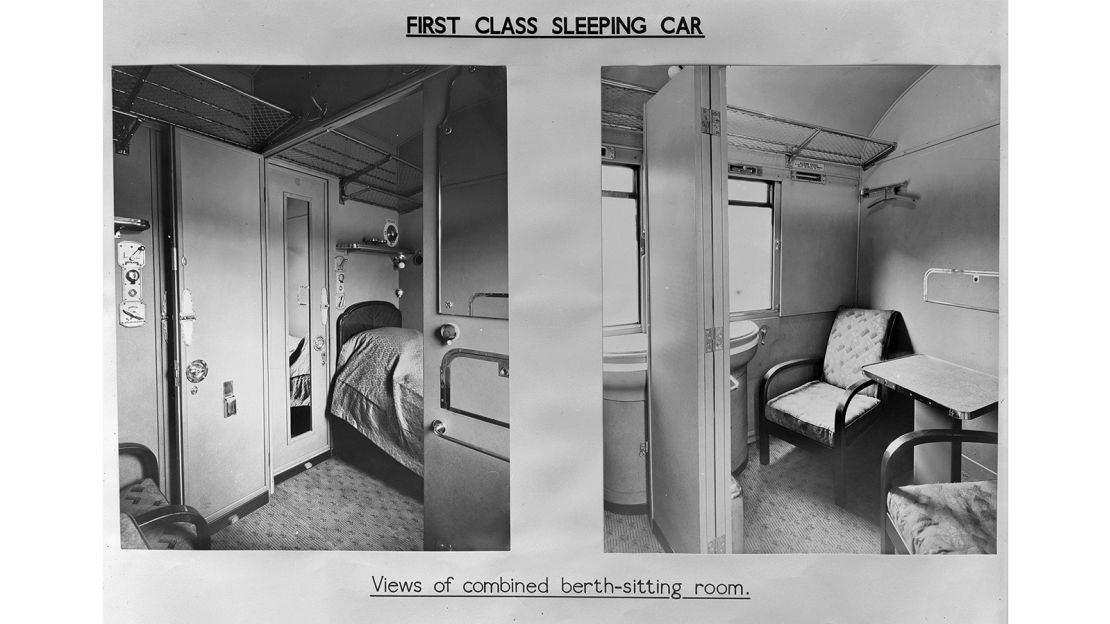
He put the word out he was looking for anecdotes. The result is tales of boarding school adventures, spontaneous steam encounters (with both animals and people), pilgrimages to family estates and late-night work trips, the odd romantic rendezvous and dramatic farewells.
“I’ve woven them into the book and in a way they make the book what it is,” says Meara.
To complement these anecdotes of adventures, Meara did extensive research at York’s National Railway Museum in the UK.
“They’ve got an amazing library of images – and many, at least half of the images, if not more, in the book, are from the collection of the National Railway Museum,” adds the author.
Iconic images
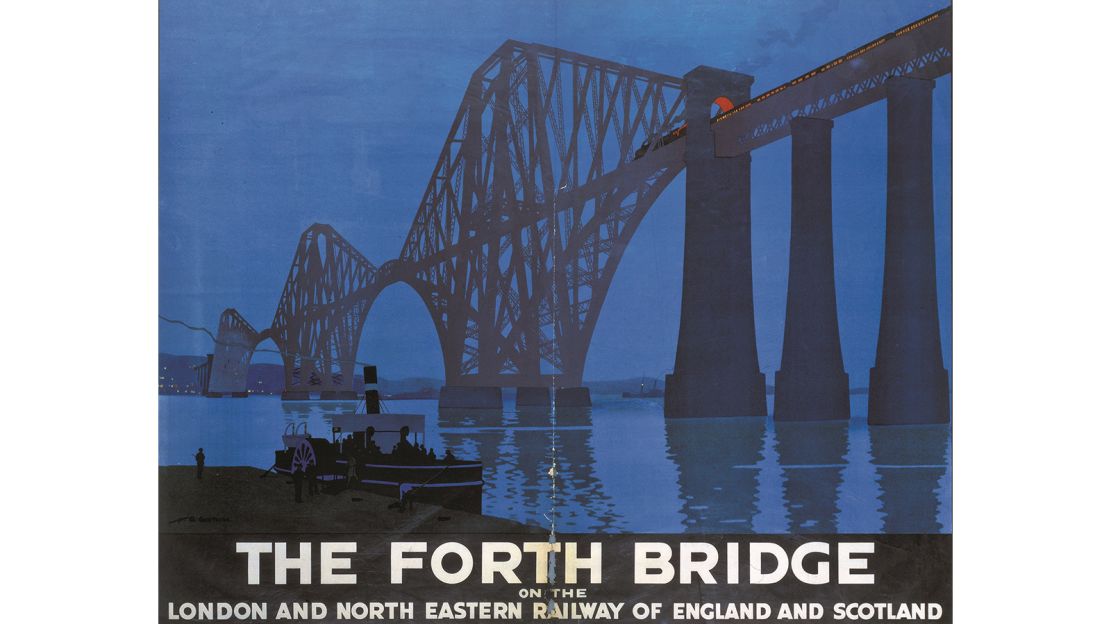
The book includes atmospheric vintage shots of steam trains at night, modern shots of the sleeper train speeding through the rugged Highlands and iconic 20th century posters, advertising the glamor of rail travel.
Meara’s favorite image in the book is a striking 1928 Forth Rail Bridge poster, designed by Henry George Gawthorn.
“I love the image of the Forth Bridge with the express train, you can just see the express train and that little red blob with the heat of the firebox just appearing right on top of those huge girders,” he says.
“If you go on the Highland Sleeper these days and go on the Aberdeen portion, you still cross the Forth Bridge in the early dawn. It’s such an amazing structure in itself,” says Meara.
“I think that poster really captures some of the excitement and romance of nighttime travel.”
Glamor and luxury

Other posters extol the virtues of “matchless scenery,” while 1920s promotional shots demonstrate the ease and glamor of sleeper travel.
When sleeper travel was first introduced it was first-class only, which might be why we associate it with opulence even today.
These mid-century trains were designed to be “luxury land cruises,” with all the trappings of wealth included. Dinner was a grand affair, and passengers were even grander.
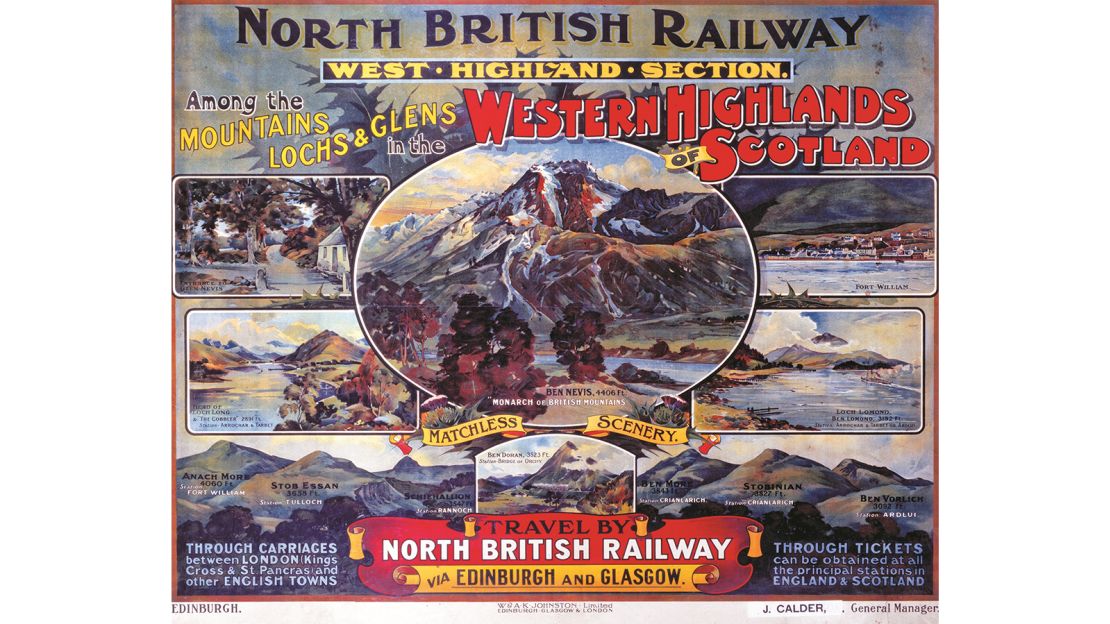
Interiors were ornate and designed to be admired. Meara pinpoints T.S. Eliot’s poem “Skimbleshanks: The Railway Cat” as including a great description of these ornate carriages.
In fact, Meara’s book references and quotes evocative poems associated with Scottish rail travel.
“A kind of byproduct of the research into trains is the way in which, particularly sleeper travel, is referred to in literature, in detective fiction, that could form another book all by itself,” says Meara.
New era

Where other sleeper trains across Europe have been retired, the Scottish sleeper – now called the Caledonian Express – remains a staple.
There are spectacular views on these routes – glens, rivers and natural wonders that have remained unchanged for centuries.
“I think the, perhaps, most romantic, and certainly the longest journey is London to Fort William – the old Deerstalker, what was called the Deerstalker Express,” says Meara.
The Caledonian Sleeper train is being revamped with new double beds and luxurious trappings set to hit the tracks in late 2018.
“I think it will be a more – certainly if you pay top whack – it will be a more luxurious experience, akin to the heyday in the ’20s and ‘30s,” says Meara.
But Meara is concerned that these high prices might deter the regular commuters who still use the service regularly.
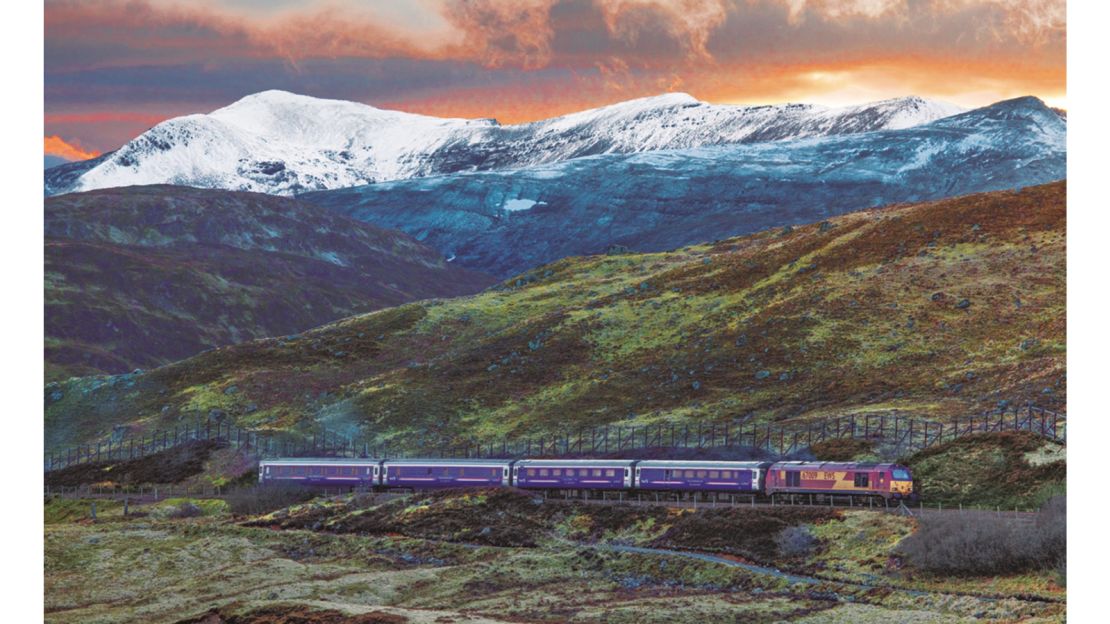
“It will be a shame, I think, if it just became a sort of Orient Express-type tourism experience, rather than an ordinary working train, which is what it is at the moment,” he says.
But the author is enthusiastic at the thought of more people choosing to enjoy the sleeper train experience, including his favorite portion of the journey.
“If you’re coming back from Fort William, you’re sitting in the Lounge Car, perhaps having a whisky, and crossing Rannoch Moor as the sun sets, that wild and remote place, where you barely see a human habitation, I think that is a wonderful experience and something I think everybody should try and have for themselves at some point,” says Meara.







![<strong>Old-school luxury: </strong>Sleeper trains are associated with glamor and luxury. "The 1920s and '30s, is what people think of, with the Flying Scotsman and the night-time equivalent," says Meara. "That was the age when the railways were [...] not only most glamorous, but also the height of steam travel and these wonderful iconic engines." <em>Pictured here: The First Class sleeping compartment on the North Belle. This was designed to be a "luxury land cruise" -- featuring First Class sleeping cars, restaurant cars and day carriages.</em>](https://media.cnn.com/api/v1/images/stellar/prod/180212154934-anglo-scottish-trains-4.jpg?q=w_1600,h_900,x_0,y_0,c_fill/h_447)








